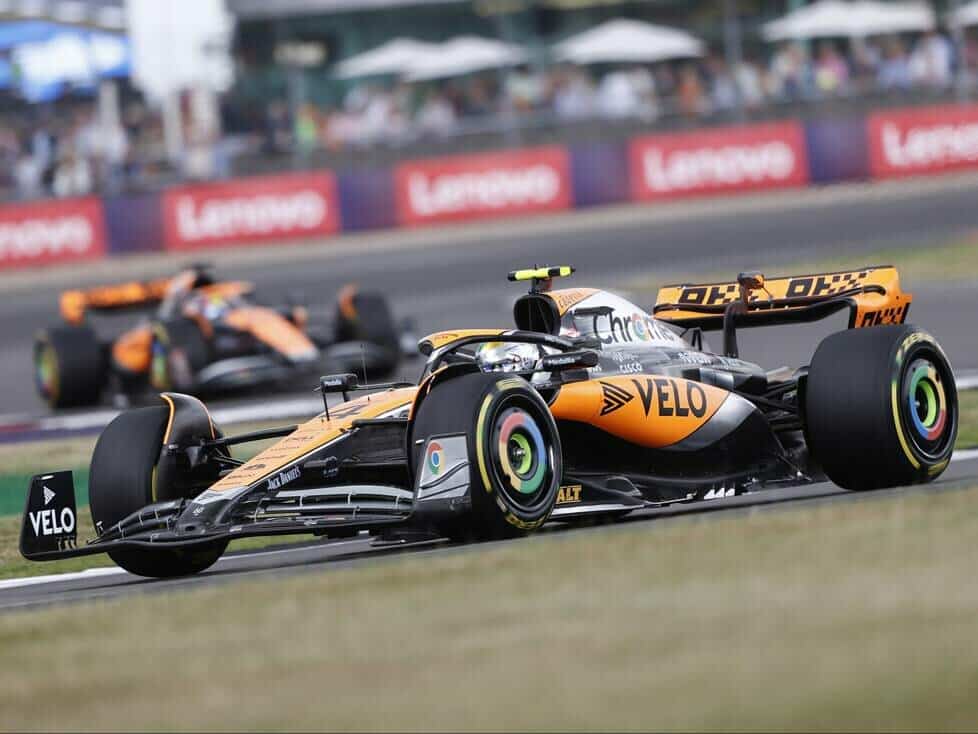Why a McLaren sponsor at the Formula One race in the Netherlands is in a legal grey area and why protests are now being raised against it
Should McLaren be allowed to advertise nicotine products at the 2023 Dutch Grand Prix in Zandvoort? Dutch health associations think: no. And they are protesting against McLaren sponsor British American Tobacco, which is advertising nicotine pouches and e-cigarettes with its Velo brand on the two MCL60s driven by Lando Norris and Oscar Piastri.
In a statement, Carla van Gils, as head of the Dutch Cancer Society KWF, says: “This shows once again how the tobacco industry does everything in its power to keep young people addicted and to further fuel its disgusting and deadly business. We find it bizarre that it is allowed to advertise a product even though the product is banned.”
Here van Gils has a point: the Dutch government decided in April 2023 to ban the sale of nicotine pouches of all kinds. The aim is to protect minors in particular.
Why McLaren can advertise at Zandvoort
However, a legal ban on advertising nicotine pouches has not yet been ratified, which is why McLaren can legally advertise Velo and its products at the Formula 1 race in Zandvoort.
“All advertising on McLaren’s cars complies with the legal requirements and advertising standards of the respective countries in which we compete.”
At most of the 22 Formula One races in the 2023 season, McLaren sponsor British American Tobacco will have its Velo brand most prominently displayed on the sidepods of the cars. At seven Grands Prix, crypto brand OKX advertises there. Only at Zandvoort, however, the lettering “LOVE” is displayed instead of Velo, as part of a fan campaign.
The long tradition of tobacco advertising in Formula 1
Tobacco advertising has a long tradition in Formula One: once a cigarette brand was the catalyst for the start of sponsorship in the “premier class” of motorsport, later tobacco companies contributed significantly to the annual budgets of many teams, also creating iconic colour designs for the cars of (for example) Ferrari, McLaren, Williams or Lotus.
Since the 1990s, new tobacco advertising bans have gradually been introduced in Formula 1, so that tobacco advertising has been pushed back further and further. The teams circumvented this in part by omitting the respective brand names or by switching to products that were not subject to a ban.

